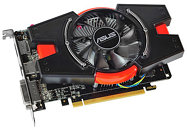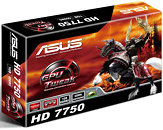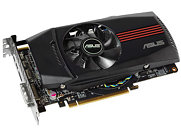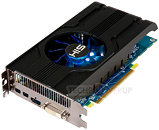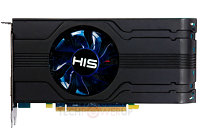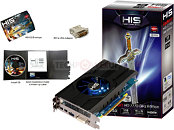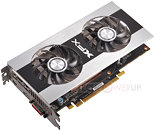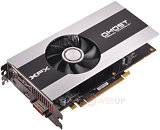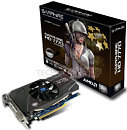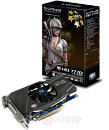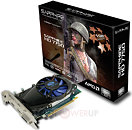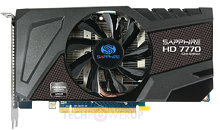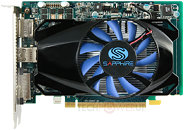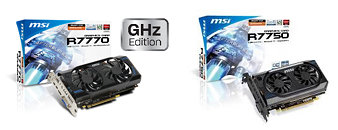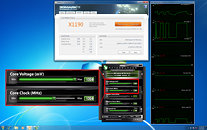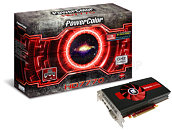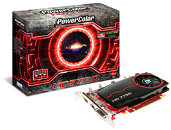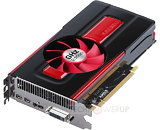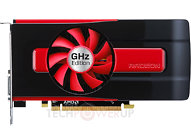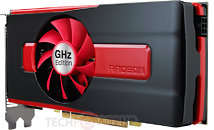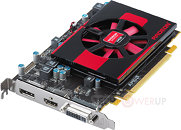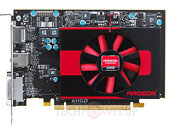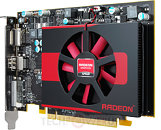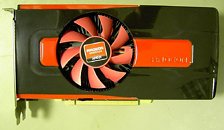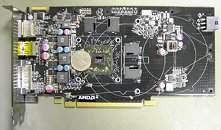
ASUS Launches HD 7770 DirectCu and Non-Reference HD 7750
ASUS launched its Radeon HD 7700 series with two cards, both non-reference design, which take advantage of proven cooler designs ASUS used in previously-launched models. The Radeon HD 7770 card is based on its DirectCU cooler that has been used on a number of upper-mid range graphics cards. Its cooler consists of a heat-pipe fed aluminum fin array, in which the heat-pipes make direct contact with the GPU die. This card bears slightly overclocked speeds, with the core clocked at 1020 MHz (vs. 1000 MHz reference), and 1150 MHz / 4.60 GHz memory (vs. 1125 / 4.50 GHz reference) memory.
The Radeon HD 7750 card from ASUS uses a non-reference PCB and a cooler design which has been implemented on several mid-range graphics cards by the company in the past it is a fan-heatsink with spirally-projecting aluminum fins, with a copper core at the center. The heatsink is ventilated by a large fan, which is known to be very quiet. Like its bigger brother, this card too features slightly overclocked speeds, with the core clocked at 820 MHz (vs. 800 MHz reference), and 1150 MHz / 4.60 GHz memory (vs. 1125 / 4.50 GHz reference) memory. Expect these cards to stick to common prices of US $159 for the HD 7770 and $109 for the HD 7750.
The Radeon HD 7750 card from ASUS uses a non-reference PCB and a cooler design which has been implemented on several mid-range graphics cards by the company in the past it is a fan-heatsink with spirally-projecting aluminum fins, with a copper core at the center. The heatsink is ventilated by a large fan, which is known to be very quiet. Like its bigger brother, this card too features slightly overclocked speeds, with the core clocked at 820 MHz (vs. 800 MHz reference), and 1150 MHz / 4.60 GHz memory (vs. 1125 / 4.50 GHz reference) memory. Expect these cards to stick to common prices of US $159 for the HD 7770 and $109 for the HD 7750.
